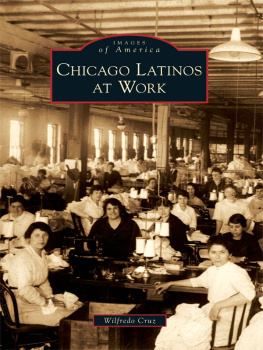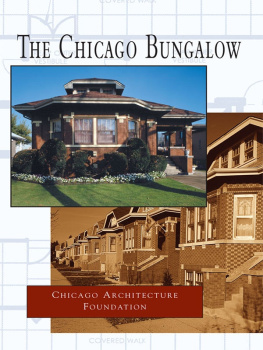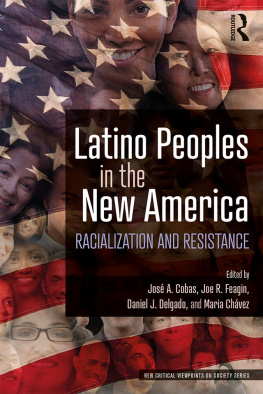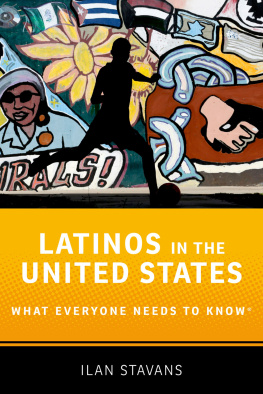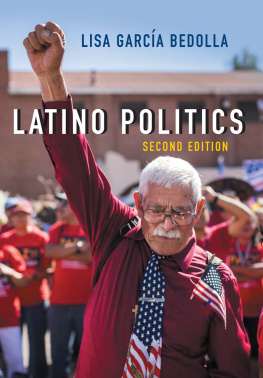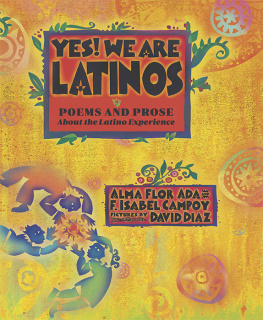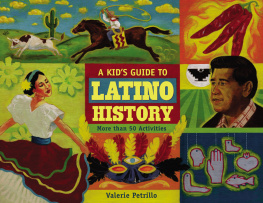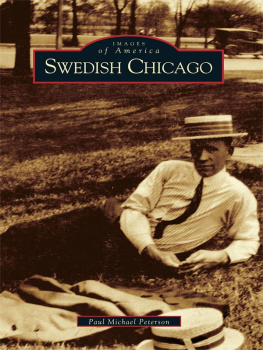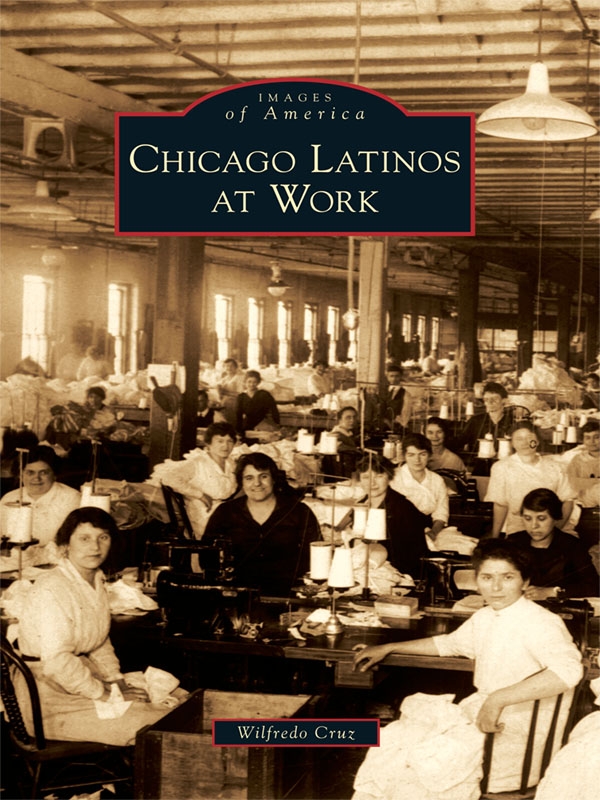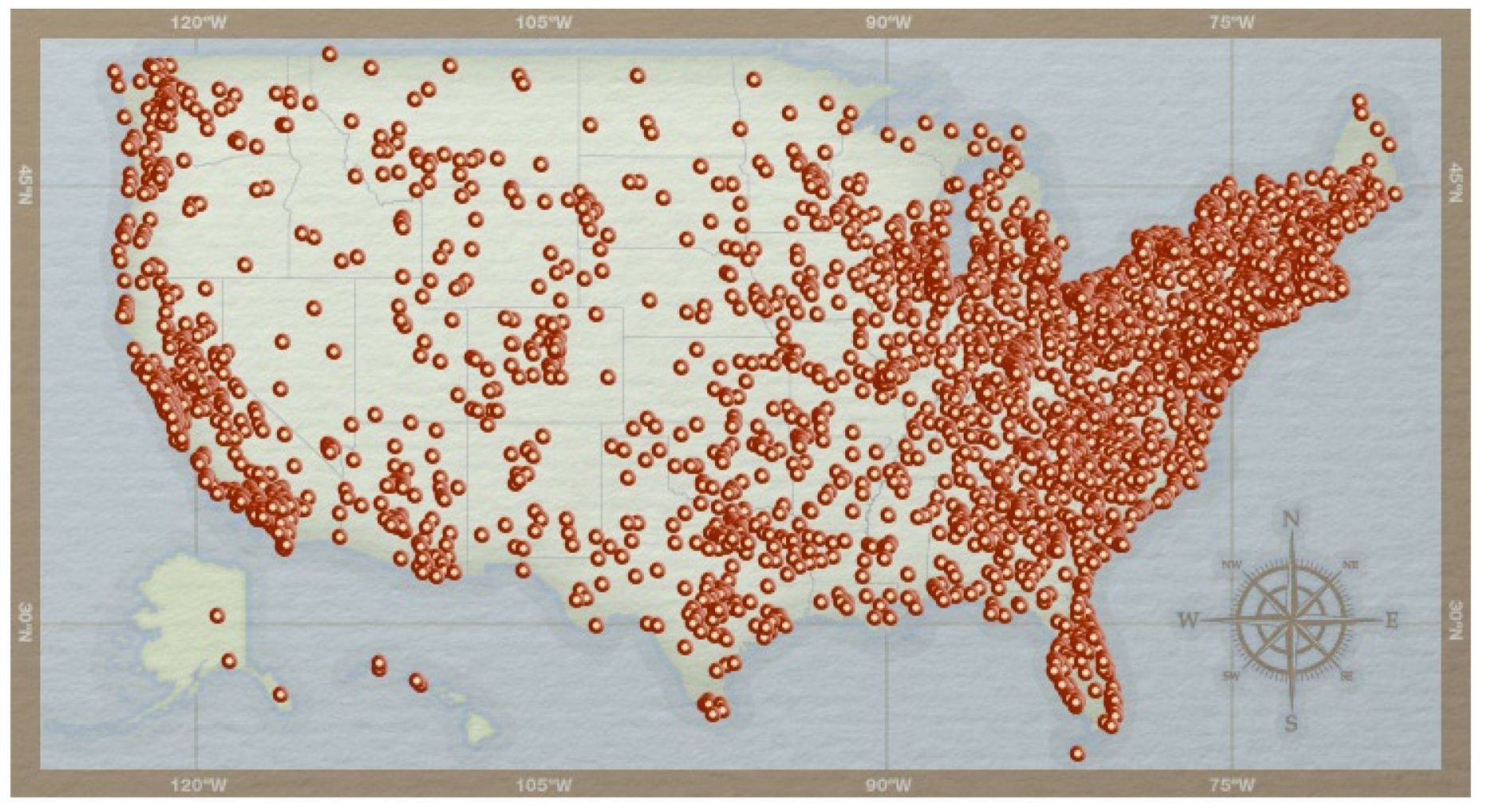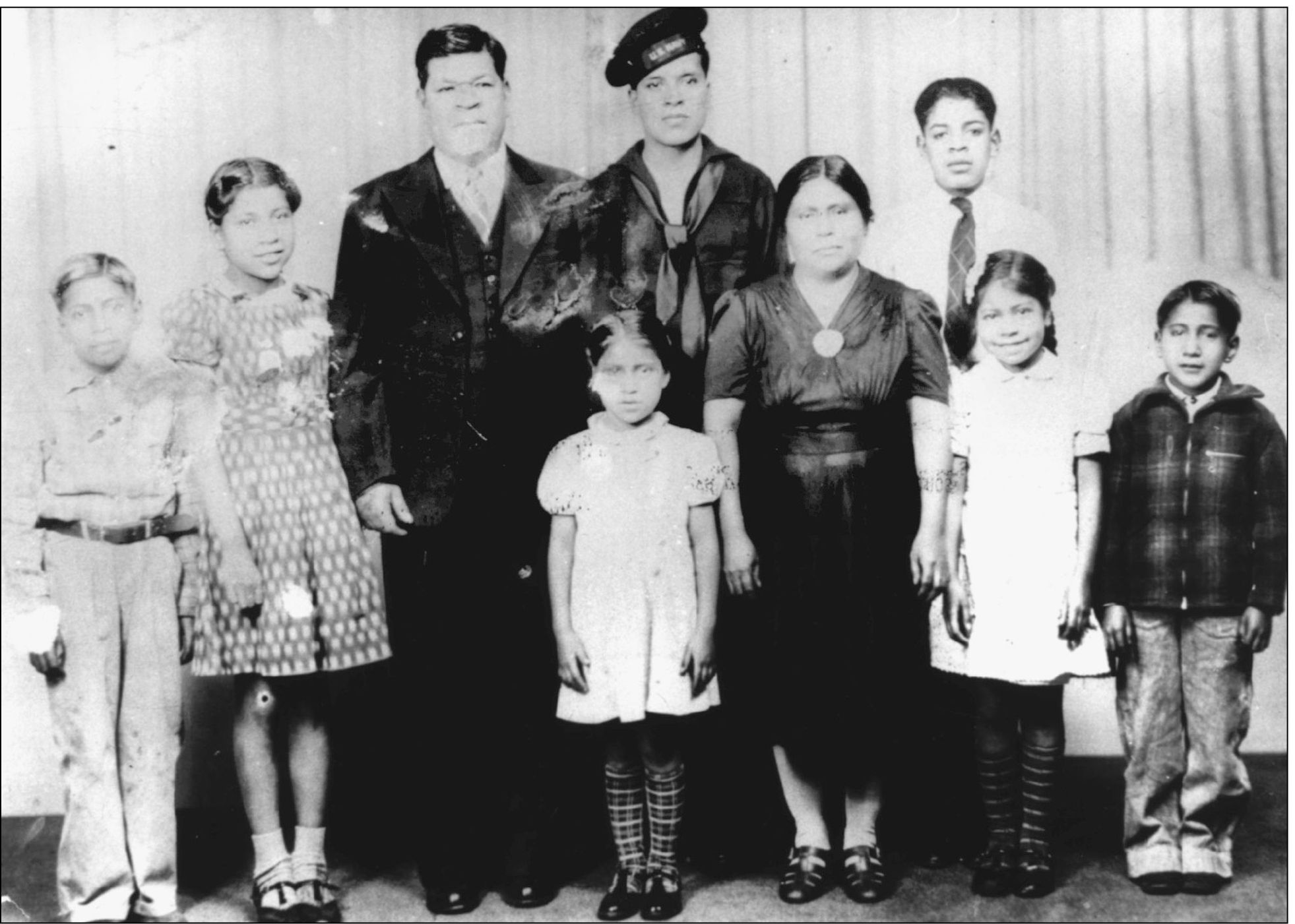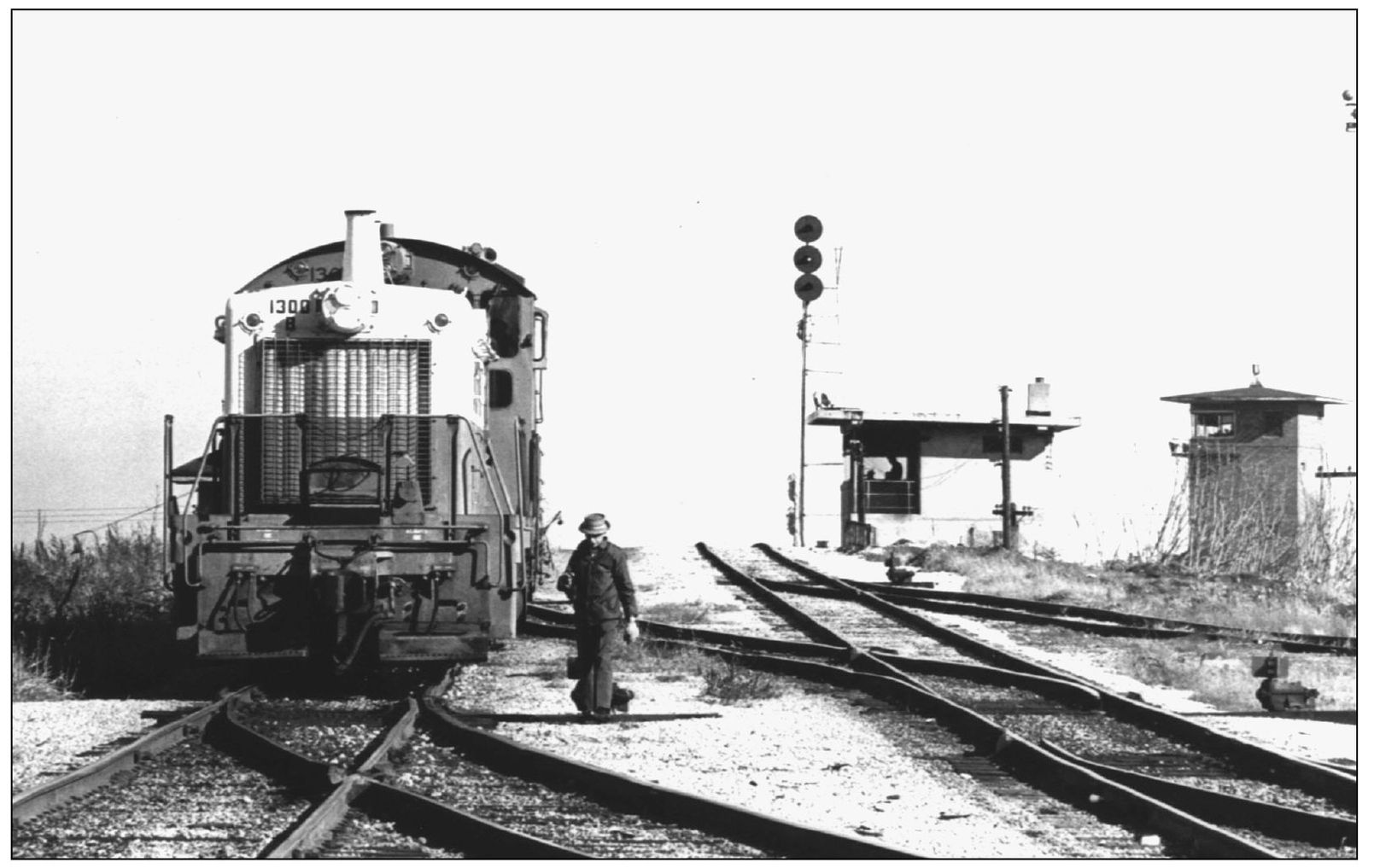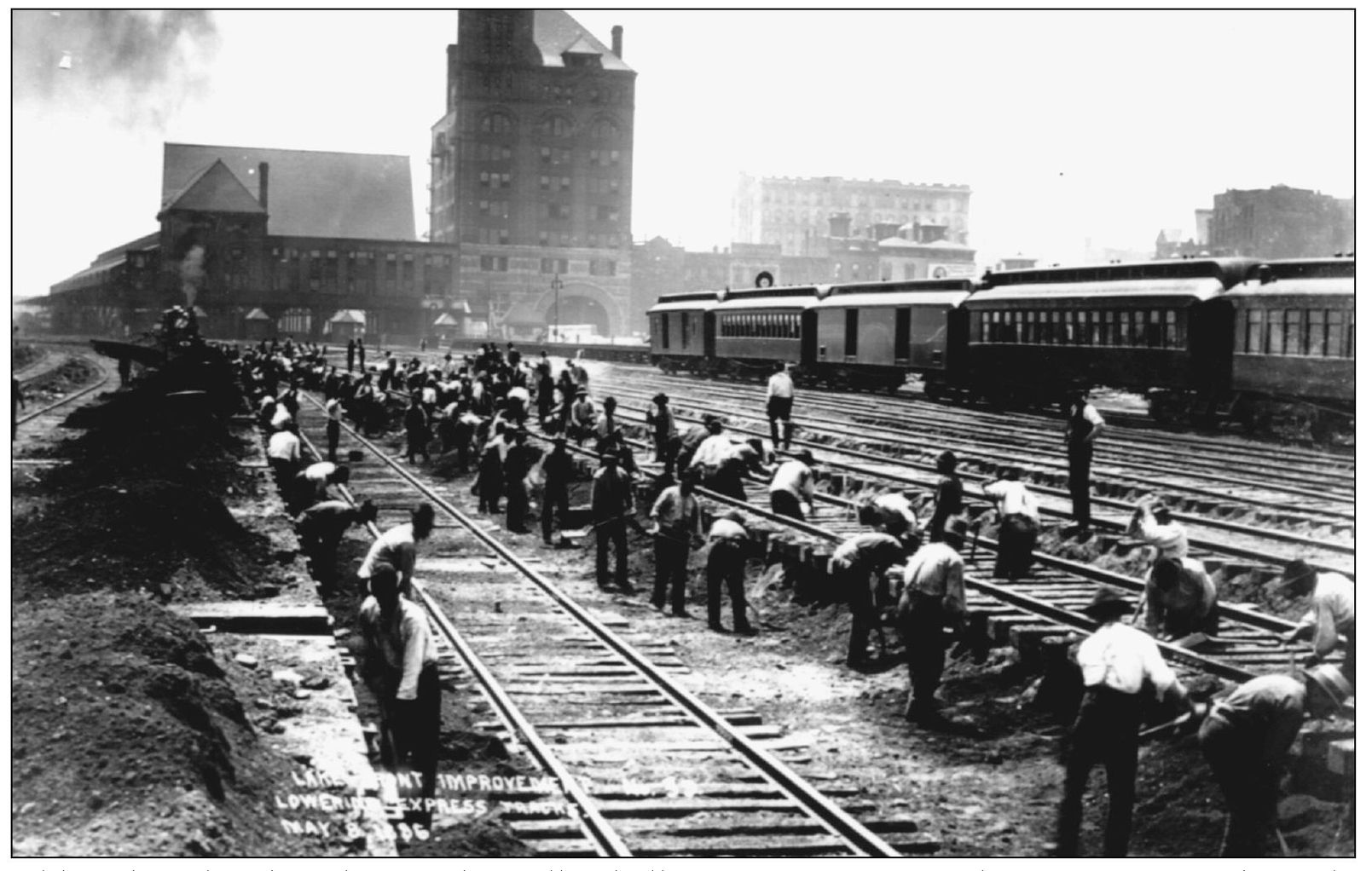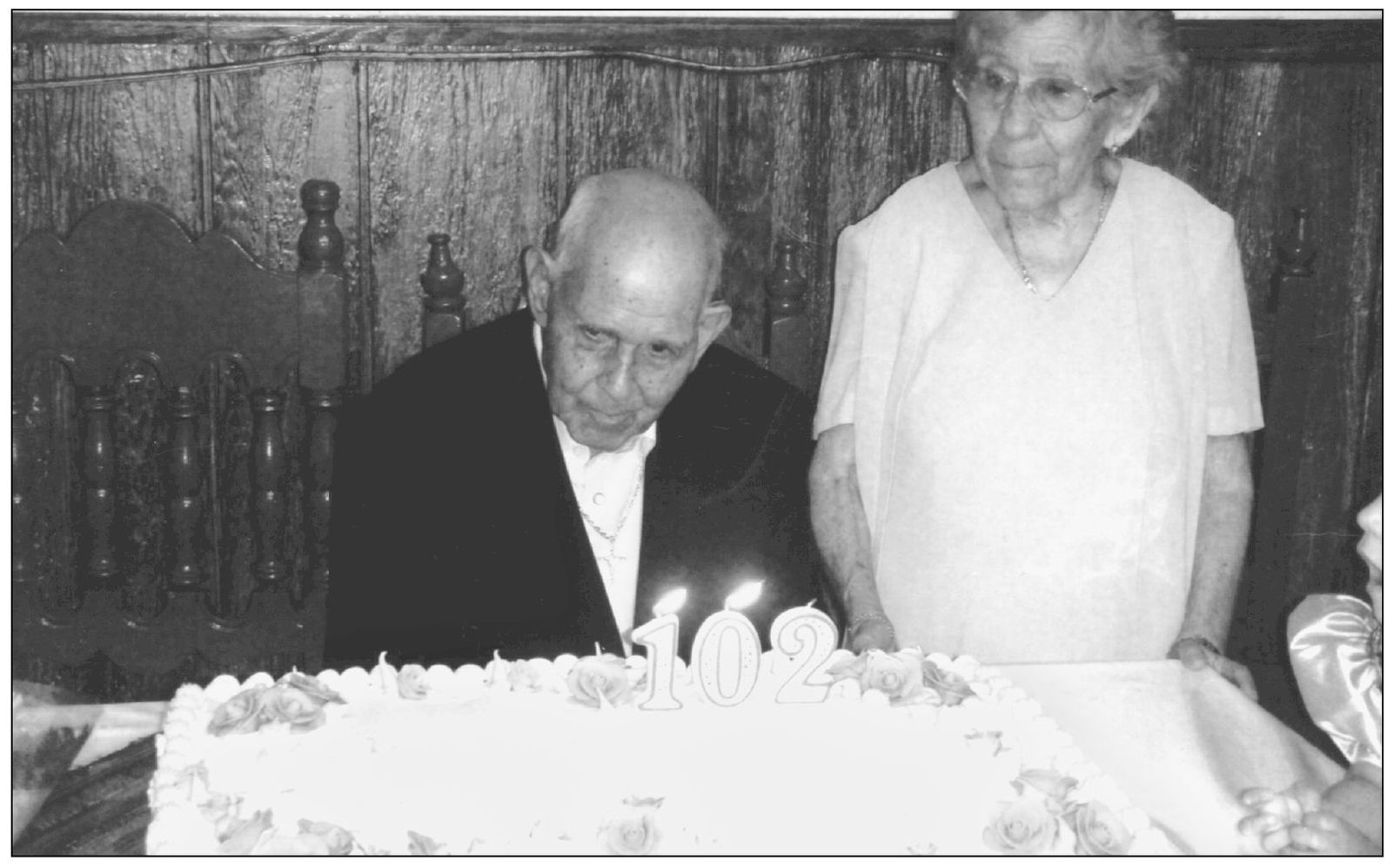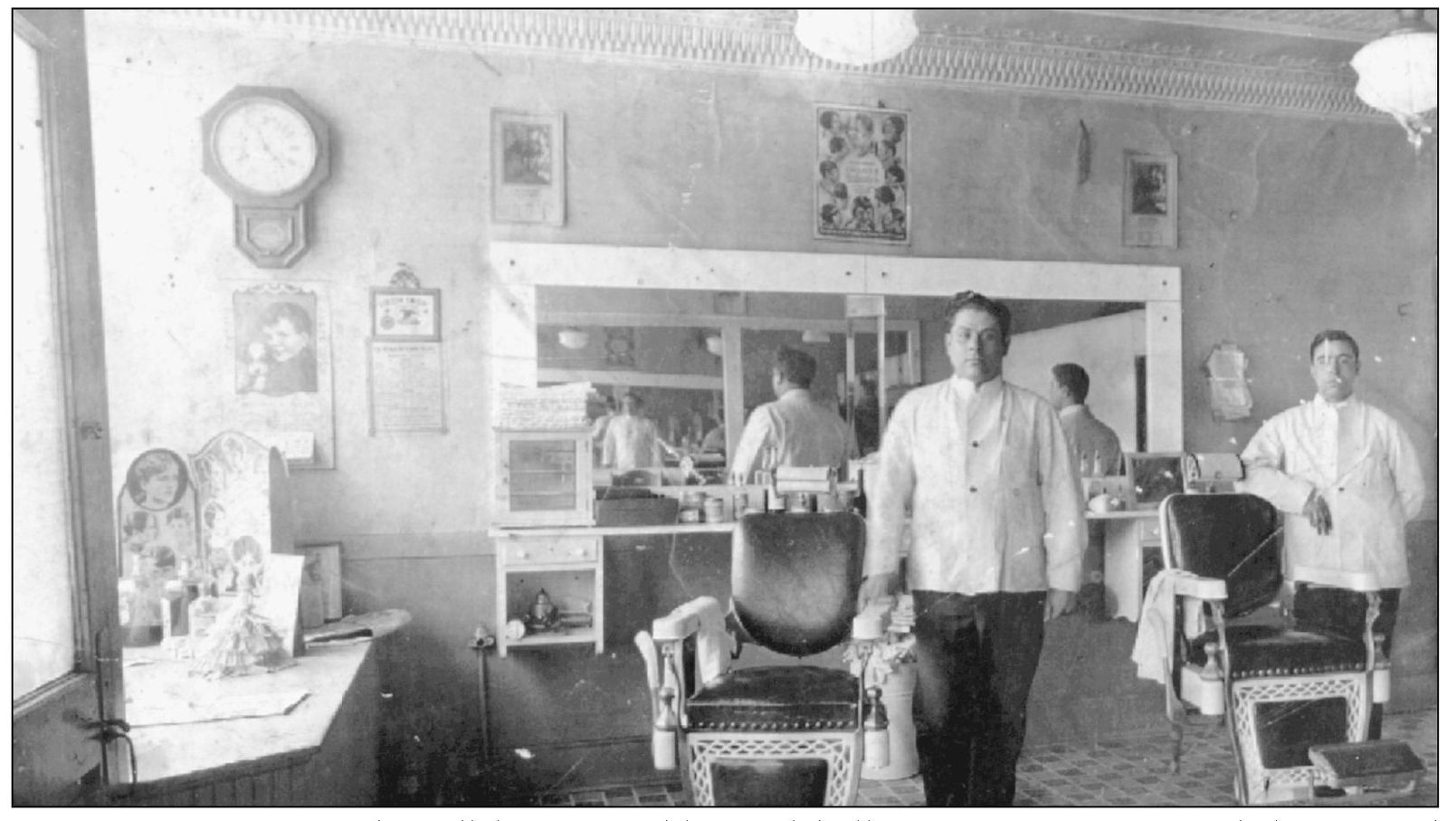Wilfredo Cruz - Chicago Latinos at Work
Here you can read online Wilfredo Cruz - Chicago Latinos at Work full text of the book (entire story) in english for free. Download pdf and epub, get meaning, cover and reviews about this ebook. year: 2010, publisher: Arcadia Publishing, genre: Non-fiction. Description of the work, (preface) as well as reviews are available. Best literature library LitArk.com created for fans of good reading and offers a wide selection of genres:
Romance novel
Science fiction
Adventure
Detective
Science
History
Home and family
Prose
Art
Politics
Computer
Non-fiction
Religion
Business
Children
Humor
Choose a favorite category and find really read worthwhile books. Enjoy immersion in the world of imagination, feel the emotions of the characters or learn something new for yourself, make an fascinating discovery.
- Book:Chicago Latinos at Work
- Author:
- Publisher:Arcadia Publishing
- Genre:
- Year:2010
- Rating:4 / 5
- Favourites:Add to favourites
- Your mark:
Chicago Latinos at Work: summary, description and annotation
We offer to read an annotation, description, summary or preface (depends on what the author of the book "Chicago Latinos at Work" wrote himself). If you haven't found the necessary information about the book — write in the comments, we will try to find it.
The Latino community of Chicago is a rich ethnic tapestry, not a monolithic group. Latinos have had a presence in Chicago since the early 1900s and came seeking a better life for themselves and their children. As early as 1916, a sizable number of Mexicans settled in Chicago to plant roots and secure a foothold in the citys heavy industries. Puerto Ricans first came to the city in the late 1940s, their migration to the city peaking during the 1950s and 1960s. In subsequent decades, other Latino groups, like Cubans, Guatemalans, and Salvadorans, arrived and called Chicago their home. They too immigrated to Chicago seeking work. Since the 2000 U.S. census, there are now over one million Latinos in Chicago. Latinos undoubtedly shape the character of the city, including its politics, its neighborhoods, and its economy. Chicago Latinos at Work puts a face on the Latino worker in Chicago. It shows many of the jobs they have held in the past and continue to hold in the present.
Wilfredo Cruz: author's other books
Who wrote Chicago Latinos at Work? Find out the surname, the name of the author of the book and a list of all author's works by series.

